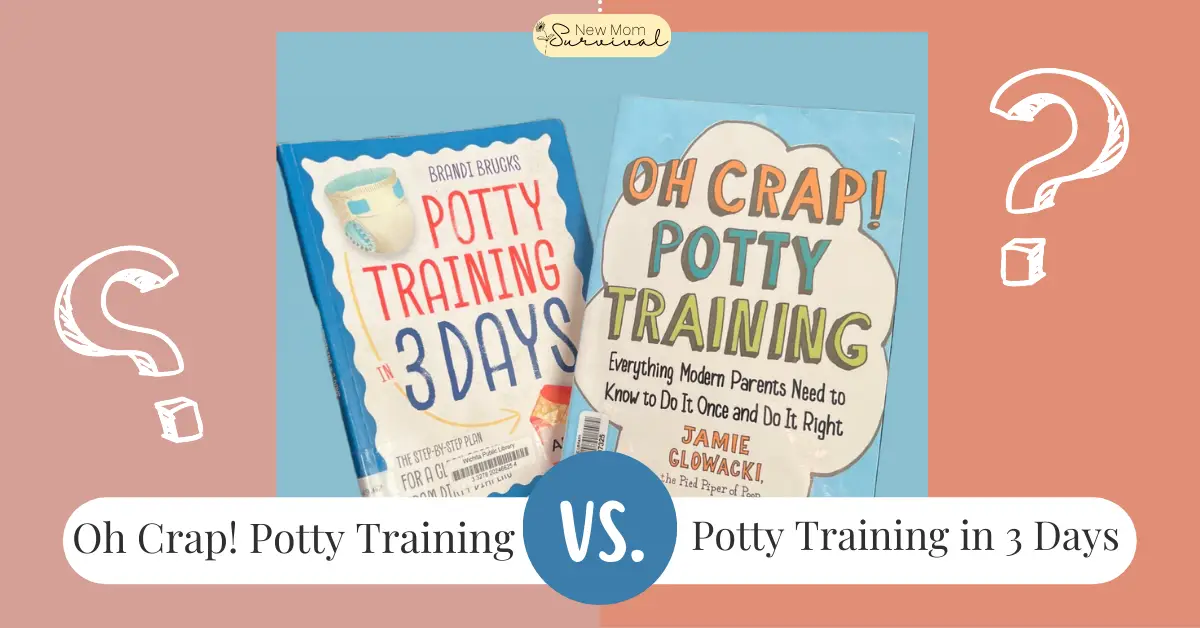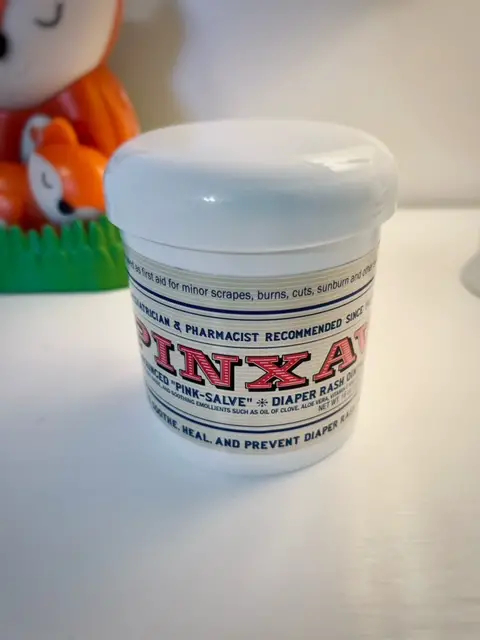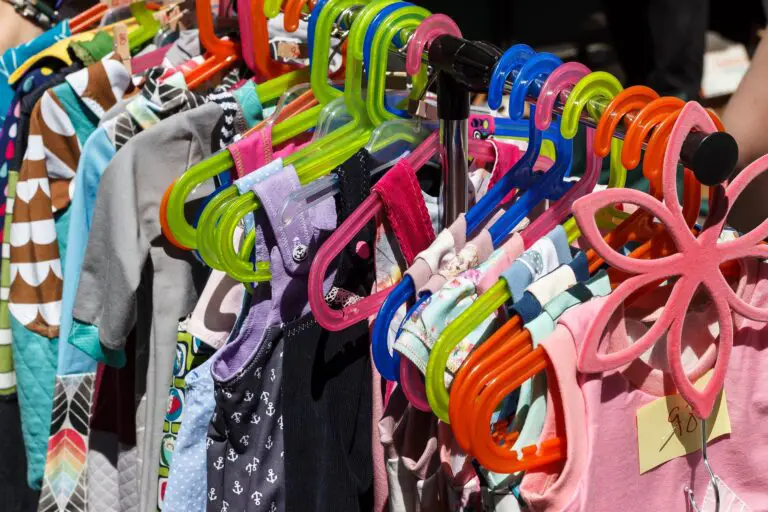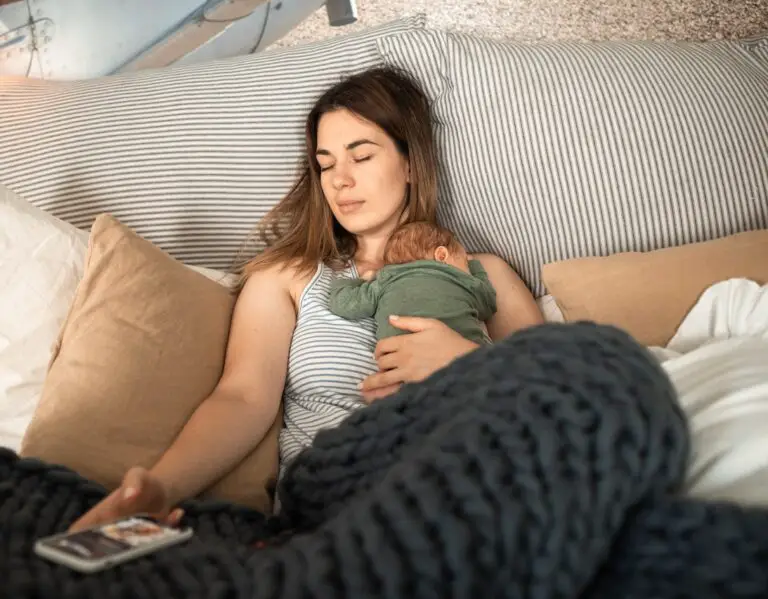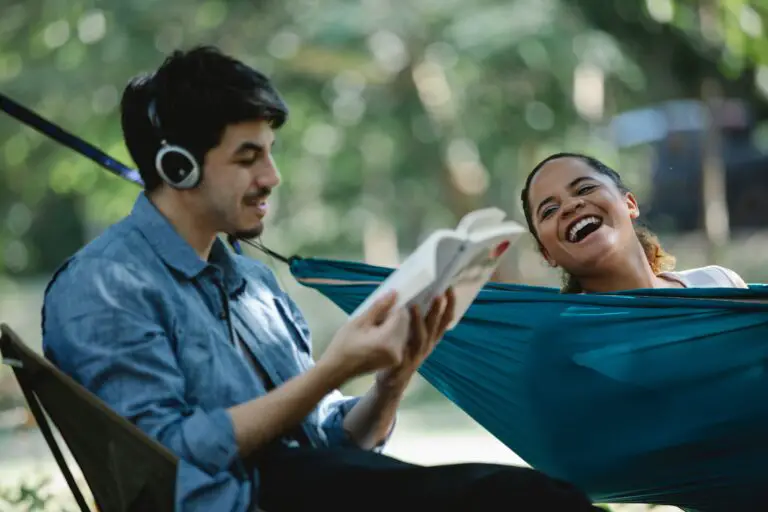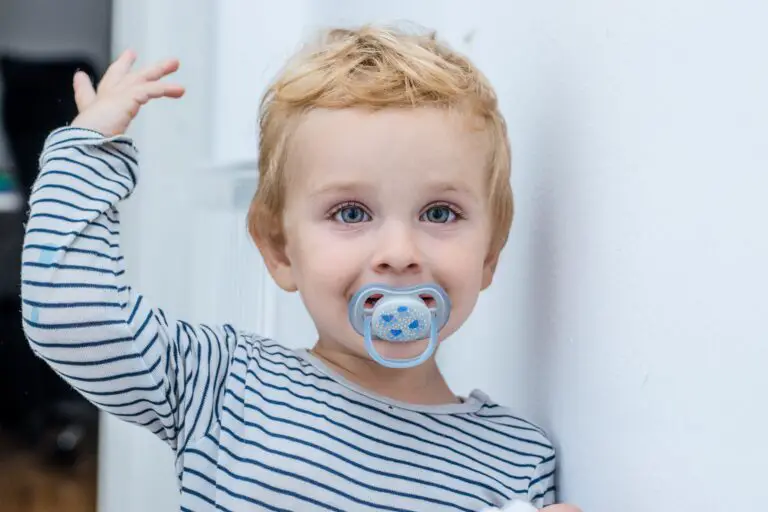Comparing Oh Crap! Potty Training vs. Potty Training in 3 Days
Trying to decide on a parenting book to help you along your potty training journey? There are lots of different books and even more contradicting advice. It’s hard to know what techniques to invest your time, energy, and money on.
As an Amazon Associate I earn from qualifying purchases.
If you’re interested in reading one of the most popular potty training books, you’ve probably heard of these two books: Oh Crap! Potty Training and Potty Training in 3 Days.
Recently, I’ve been doing some research on potty training my two-year old. However, before diving right into any given book, I decided to research why these two books are so popular. I wanted to know what made these methods successful, and what readers like and dislike about them.
Here’s a deep dive on what reviewers have to say about the two most popular potty training books for parents. Find out what parents love or hate about these methods, why they did or didn’t work for some families, what readers wish they knew going into the book, and the main takeaways.
If you’re a multitasker and prefer your books in audiobook format, check out Oh Crap! Potty Training and Potty Training in 3 Days on Audible.
New to audiobooks? Get your free trial of Audible here.
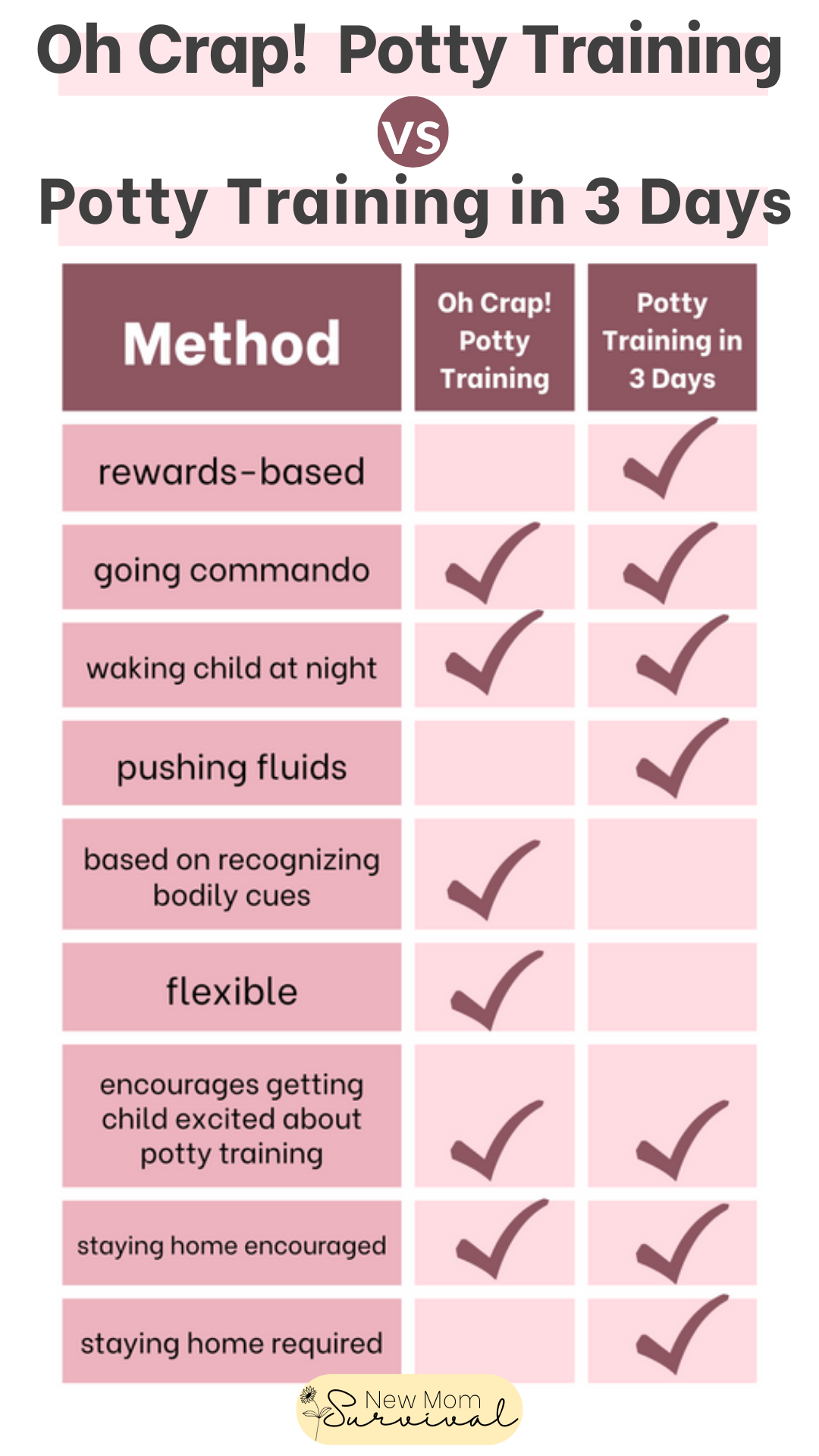
For quick access:
Oh Crap! Potty Training: Everything Modern Parents Need to Know to Do It Once and Do It Right by Jamie Glowacki
Description of Method
The basis behind this method is teaching your toddler to recognize bodily cues telling them it’s time to use the toilet. This method stresses flexibility, so families can adapt the method to their own needs. It promotes toddler independence and encourages them to use the toilet on their own, rather than using a rewards system.
The method is broken down into stages called “blocks,” such as having your toddler completely naked in the beginning, and progressing to being clothed with no underwear, to wearing pants, leaving the house, and eventually nighttime training.
Like many potty training methods, parents will need to stay home with their little one in the beginning and watch them very closely.
Recommended Age
The recommended age for this method is between 20-30 months (a bit younger than that of the Potty Training in 3 Days method).
What Parents Liked
It WORKS!!
The overwhelming response–even if parent’s didn’t necessarily like the book itself–is that this method works. With over 12,000 ratings on Goodreads and Amazon both, and an almost-4 star rating on Goodreads and 4.5 star rating on Amazon, this book is the most popular potty training book on the market.

It’s clear that parents have found success with this book–and that they’ve told their friends to read it, too. Many parents were shocked by how quickly it worked!
It’s flexible
Many reviewers praise the flexibility of this method. Rather than taking a one-size-fits-all approach, the method is designed to work for all families. It uses stages designated by behavior patterns rather than specific timeframes.
It’s not based on rewards
Unlike other methods, this one does not rely on rewards. The benefit is that you don’t have to worry about figuring out how to get your tot to continue to use the potty without the rewards after the initial training. Instead, the focus is on teaching your child to recognize that using the toilet is just something that must be done when they feel the need to go.
Helpful advice on getting daycare on board
Communicating your toddler’s potty training needs to daycare providers, and getting them on board with the process, is often a huge hurdle while potty training. Many parents appreciated that this was taken into consideration, and noted that they found this advice section very helpful.
Clear plan
Many parents appreciate the clear game plan laid out by this method.
Helpful potty training language
Lots of parents make note of the excellent language suggested to use for potty training. It is very clear and to the point.
What Parents Didn’t Like
I’m going to discuss lots of negatives here. Keep in mind the overall positive ratings and reviews, the fact that the majority of readers gave this book a high rating, and noted that the method does work.
Writing style
The writing style received a lot of negative feedback.
While a few parents appreciated the humor in the book, most reviews that mentioned the writing style did not favor it. Here are some of the complaints:
- The book was way too long-winded
- The writing comes off as very sexist and heteronormative
- Overall, the book could benefit from more editing and organization
- The author is very opinionated, and inserts her own opinions about lots of things not related to potty training
- Condescending tone, especially towards dads
Some parents note that they’re a fan of the method, not the author. That sentiment pretty much sums up a LOT of the reviews for this book. A few people suggested to save time by looking up the Oh! Crap Potty Training method explained on blog sites and skip actually reading the book.
There are a LOT of negative reviews that mention the author’s flippant, sexist tone towards dads. There’s even a cheat sheet at the end–just for dads. The author states that most of her readers are female, and while this is probably true, it makes for a very off-putting read for dads that are very involved and want to read up on potty training.
Lack of research
Some parents were put off by the fact that the method is based more on the author’s personal experience working with families rather than backed by research, and that the book would definitely benefit from more research.
**Issues with the method**
Some parents expressed serious concern with the method itself.
***Pay attention to these points, because if any of these sound like they might be a serious concern for your family in particular, you may want to take that into consideration before adapting this method.
Adverse effect of going diaper-free
A few parents found that their tots hated the feeling of peeing themselves so much that rather than using the toilet or peeing on themselves, they just held their bladder for 6-7 hours out of fear.
Issues with waking toddler up at night
In one of the stages in this method, it is suggested to wake your tot up to avoid wetting the bed at night. Many parents found this to be completely unnecessary.
Problems with the suggested age range
The suggested age range for this method is 20-30 months. Many parents take issue with this, and feel shamed for not being able to potty train their tots until WELL after the 30 month mark. It is simply not the case for all tots that 20-30 months is the right age to potty train. Some tots are able to train even earlier, while a lot of toddlers just aren’t ready yet at 30 months–and that’s perfectly okay.
Working through resistance doesn’t always work
The author suggests working through resistance and that, with dilligence, you toddler WILL be potty trained. However, sometimes pushing a strong-willed toddler to do something they are not ready for just does not work.
Feelings of shame and failure
Negative reviews in which the method did not work often mention feelings of shame and failure by the parent. Contradictory to the author’s advice, a three year old is not necessarily “delayed” if theyr’e not potty trained. In fact, many parents mentioned that eventually they realized it is okay NOT to “potty train” and to just let their strong-willed kids learn on their own.
Suggestions Before Reading
As with any parenting book, the best way to go into this book is to take it with a grain of salt. Take from it helpful advice that suits your families needs, and throw out the rest of the advice that you find pointless, frustrating, or that doesn’t suit your toddler’s needs. Skip parts of the book you don’t find relevant, and don’t worry about the author’s opinions.
If you think your toddler is ready to start potty training and you’d like to adopt this method, go into this book with the understanding that it’s okay if the method doesn’t work right away, or even at all. Each toddler is different, and sometimes kids just learn at their own pace. And that’s perfectly okay.
Main Takeaways
Use as the Oh Crap! Potty Training method a general source of guidance, but don’t stress over timetables. Eventually, your child will use the toilet when they are ready. Even if you don’t follow this method exactly, some parts of it do seem to be very helpful for most families, such as:
- read potty training books regularly to your tot to get them familiar with using the toilet
- have your toddler use the bathroom with an open door policy
- go diaper-free in the beginning, as long as your child doesn’t hold their bladder
- avoid using a rewards system for long-term success
Potty Training in 3 Days: The Step-by-Step Plan for a Clean Break from Dirty Diapers by Brandi Brucks
Description of Method
As suggested by the title, this is method takes a fast and focused approach to potty training. It is an intensive method that ideally only takes three days to work.
The author strongly suggests staying home for three days in a row to nail down the method. After pointedly saying goodbye to all the diapers, you’ll get your little one excited about using the potty. Push extra fluids to increase the amount of potty learning opportunities, and have your little one sit on the pot about every 15 minutes. Choose a rewards system to entice your tot to want to use the potty. Avoid drinks after dinner, and wake your tot in the middle of the night to avoid bed wetting.
Recommended Age
The recommended age for this method is 2.5-3 years old (a bit older than that of the Oh Crap! method)
What Parents Liked
Quick read
The book is short and concise, at only 106 pages if you’re reading the print version, and just under two hours of listening if you’re reading via the audiobook. Many parents said they were able to read the book in one sitting during naptime!
So, whether or not you end up using this method, you’re not investing a ton of time into reading the book either way.
It works–and FAST!!
Most positive reviews boast that this method actually did enable them to potty train their tot in just three days. Impressive!
A few parents mentioned that they had previously been trying unsuccessfully to potty train because they were doing it the “wrong way,” and this book corrected what they were doing. Thus, they were successfully able to potty train once they finally followed this method.
Straighforward
Lots of parents appreciate the straightforward approach. There are very clear “dos” and don’ts,” making for a very clear, simplified plan.
What Parents Didn’t Like
Inflexible
Unlike the Oh Crap! method, this method DOES take a one-size-fits all approach. The problem is, one size does not fit all–so this method won’t work for every child.
Because this method is such an intensive one, it requires that parents and child stay home for three days in a row to nail down all the steps. For most families, this is hard to do! Especially for parents with multiple children. Some reviewers say this method works best for only children or first born children, because it’s very hard to be laser-focused on potty training one child while you’ve got others that need your attention, too.
According to reviews, the author is also inflexible in her views. Parents note that the book comes off as very judgy toward other parenting styles, and some found her writing to be condescending.
Admittedly, this sort of thing seems to come with the terroritory of parenting books.
Might encourage bad habits
This method is based on a rewards system, meaning tots get a reward each time they use the toilet to encourage them to keep doing so. The main downside of this is that it can promote short-term success over long-term success. Meaning, once your tot has mastered the potty, it might be hard to break their habit of wanting that reward each time they do.
Another concern that repeatedly pops up in the reviews is pushing sugary drinks and salty snacks. Salty snacks are encouraged to keep your toddler thirsty so they keep drinking lots of fluids, increasing learning opportunities on the toilet. Sugary drinks are encouraged, also to push fluids for the same reason. Some parents show concern for their little one developing a taste for these foods that might not be the healthiest options.

Feelings of shame and failure
A common thread in the negative reviews is that when this method doesn’t work, parents feel a deep sense of failure, shame, and self-flaggelation.
Some reviewers mention the book’s suggestion that if your child isn’t successful at potty training after using this method, they may be experiencing developmental delays. Having not read this book personally, I can’t speak to whether or not this is exactly what the book says. However, more than one review mentioned their disdain for the suggestion of developmental delays in children who are unable to follow this method.
Parents also were put off by the book’s notion that the longer you wait to potty train, the harder it will be and kids will get stuck in their ways. One reviewer notes that there is research to suggest it’s much easier to wait until your child is ready–a sentiment expressed in quite a few reviews.
Suggestions Before Reading
As with the other book discussed, read this parenting book with a grain of salt. Keep your own family’s and toddler’s needs in mind, and don’t punish yourself or your toddler if this method doesn’t work. Keep in mind that you know your child best.

Before adapting this method, you might find it helpful to read through first. Don’t worry–it’s a very quick read! Many parents suggest it’s better to read the book before potty training at all, because it would avoid having to correct certain behaviors.
Main Takeaways
Take from this book and method things you personally find helpful. For example, many parents found the following tips from the book very helpful:
- using a rewards system (or don’t–this is totally up to you! There are pros and cons both ways)
- making a show of saying goodbye to diapers
- getting your child excited about using the toilet
Some more takeaways mentioned in reviews: The best way for tots to learn to potty train is to have accidents. Things are going to get messy, so it’s best that you prepare yourself (and your house) for that mess ahead of time. It also helps to get your child excited about potty training.
However, rather than persisting and pushing your tot if they are not ready for this new step, it may be more beneficial to wait a bit longer until your tot is ready on their own time.
Comparison Table
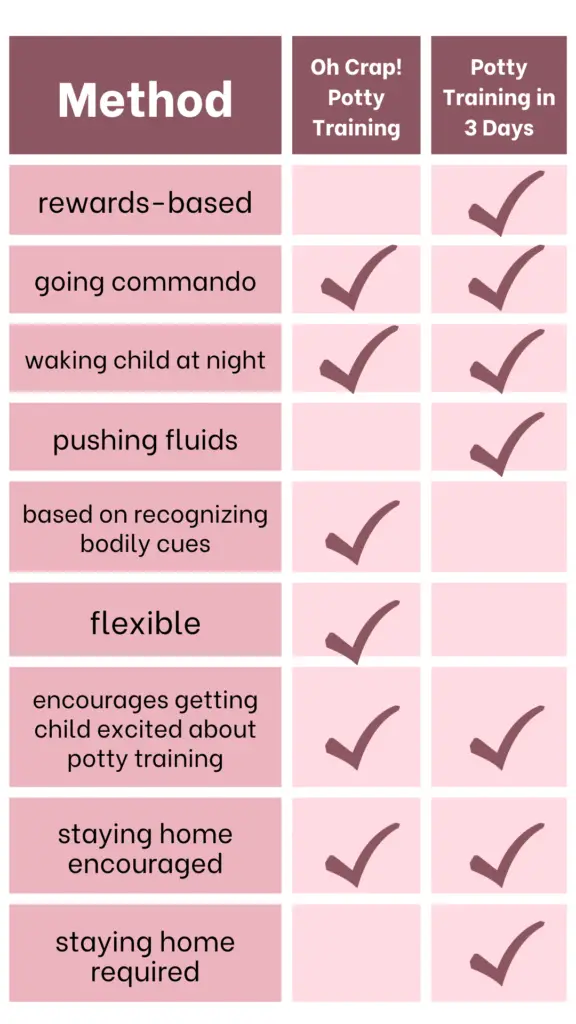
Conclusion
The purpose of this article is to compare the two most popular potty training books on the market in order to help parents determine which book is right for them. While it is true that lots of negatives were discussed for both books, it’s also true that there were more positive reviews than negative reviews for both books.
At the time of this article, in 2023, Oh Crap! Potty Training and Potty Training in 3 Days are the two most popular potty training books on the market. Both have an impressive amount of reviews and a large following, and many parents have found success using the methods described in both books.
After reading all of these reviews, my biggest personal takeaway is that children sometimes will potty train when they are ready, and that it’s probably less stressful for both parents and child to avoid putting too much pressure and a strict timeline on this process. However, it’s never too soon to start getting your child excited about potty training, especially by reading books to them.
See also: 42 Read Aloud Books on Potty Training for Toddlers
Subscribe below for more helpful content for new parents!
